The basic principle of 3D foot scanners is contactless measurement technology, which uses optical geometry to quickly trace and capture the three-dimensional shape of the foot surface.
The device works by emitting a laser beam beam,usually in the form of linear laser stripe, which are then projected onto the surface of the foot. laser line are distorted by the different contours of different parts of the foot, such as the arch, toe and heel.
From known angles, high-resolution industrial cameras capture distorted laser line and then calculate the geometry of triangles formed by laser emitter, cameras and foot surfaces. This allows the three-dimensional coordinates of each spot in space to be determined.
In other words, the position of each point on the surface of the foot can be determined using the principle "known angle + spot position = distance." When the head moves or the foot rotates, the scanner collects multiple bursts of laser line data that are eventually stitched together into a complete three-dimensional point cloud. Computer software processes point cloud and reconstructs them into high-precision digital foot models. 
This is the whole foot scan process, using laser scanning method.
Laser scanning has the following advantages:
Precision
laser scanning has a resolution of up to 0.5mm and captures the soft curve of the arch of the foot, the shape of the toe and key structures in the pressure area of the foot. This meets the high precision requirements of medical diagnosis and orthopedic customization scenarios.
Non-contact Scanning
The scanning process does not involve physical contact with the foot, avoiding discomfort or distortion of the foot that may occur by manual or manual compression methods. Suitable for children, elderly, diabetic foot and other people with sensitive skin or mobility problems.
Faster
Scanning your feet takes seconds to a dozen seconds. The system automatically collects data and models, which greatly improves the test efficiency. This makes it suitable for scenarios such as clinical mass screening, sports team fitness tests and smart retailing.
In addition, laser scanning provides a fully digital output. The resulting models can be 3D printed, input CAD, analyzed by artificial intelligence and used to directly printing orthopedic insoles or manufacturing custom sports shoes.
Good Repeatability and high stability.
Human error was avoided by using machine scanning throughout the process. The results from scanning the same user at different times were stable and repeatable, making it easy to track foot shape, monitor rehabilitation progress and observe the development of a child's arch.
Laser technology has strong adaptability and good ability to resist external light jamming. Lasers (especially infrared lasers) can be used in complex lighting environments, even under normal indoor lighting conditions. It can be used in clinics, gyms, shoe stores, etc., unaffected by external light.
Of course, lasers may have trouble recognizing highly reflective or dark objects. However, most devices compensate for this with algorithmic optimization or minor processing, with minimal impact.
The 3D foot scanner uses laser triangulation to quickly and accurately reconstruct the 3D shape of the foot without causing any damage.
Due to its high accuracy, contactless, digitization, high efficiency and stability, it is widely used in medical rehabilitation, sports science, shoe customization and intelligent health, and has gradually become a mainstream method of foot data collection.

 +86-0755-86131192
+86-0755-86131192 2025-10-09
2025-10-09 Back to list
Back to list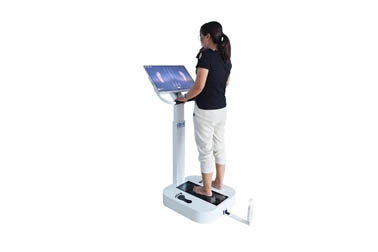
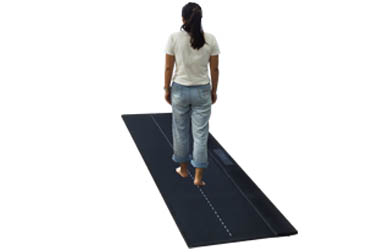
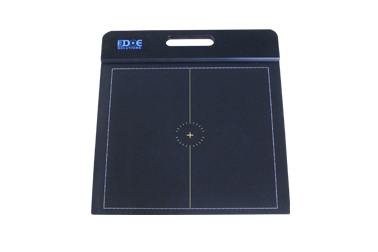
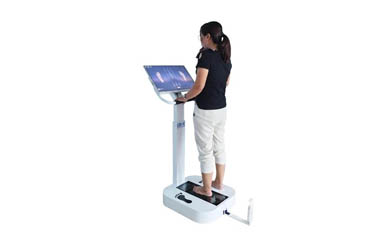
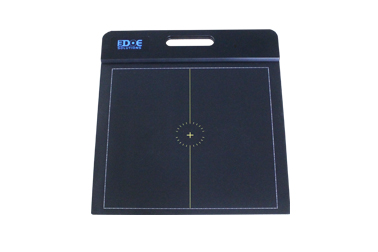
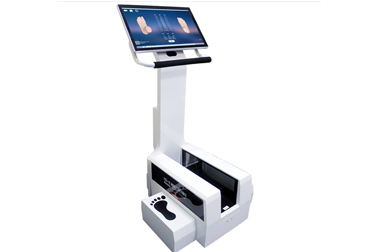



 +86-0755-86131192
+86-0755-86131192